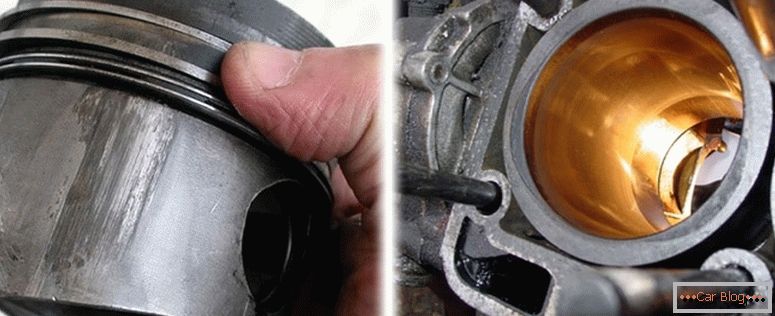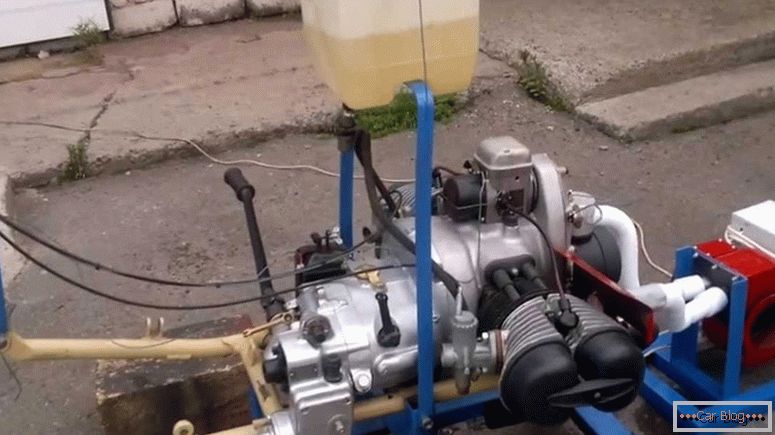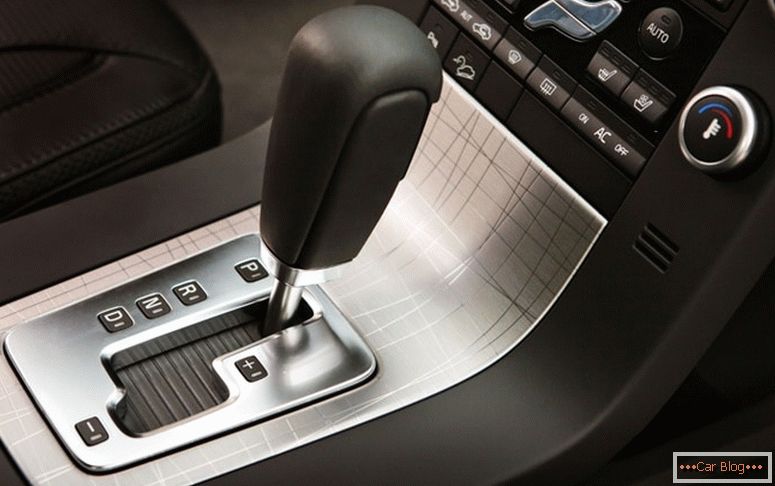Today, cars that have come off the assembly line are more concise, have an unusual design and improved interior assembly. An improved technical mechanism requires a special approach and precise adherence to recommendations for operation. The time has passed when the car was omnivorous and unpretentious. Now for the full work of the iron horse requires a skillful primary run.
The correct running in of a new car is a gentle driving mode, during which the unit is overclocked and defects are detected. It is necessary for lapping the engine parts, gears and transmission gears. In addition, parts of the undercarriage, brakes and suspension are mastered.
Content
- 1 What gives a "cold" running
- 2 Benefits of running
- 3 Preparing to run in a new car
- 4 running intervals
- 5 Rules for running a new car with manual transmission
- 6 Running in a car equipped with automatic transmission
What gives a "cold" running

Вообще обкатка машины, всегда вызывает много вопросов у автолюбителей. Дело в том, что при покупке машины менеджеры салонов утверждают, что оNew car with automatic transmission не нужна. Производитель совершает холодную обкатку силовых агрегатов еще до установки их в моторный отсек. Это якобы позволяет не тратить время на притирку деталей. In fact, there is no cold running-in, at the factory a car is checked only for the identification of a marriage. Do not see marketing tricks if you want the car to serve a long time. To avoid unforeseen expenses for auto repair, only correct running will help.
Advantages of running
After passing the initial testing in real conditions, the car will come to a more functional state, having reached such goals:
- flaws and roughness of parts smoothed out;
- trample the moving parts of the system;
- lubrication tubes and the entire engine mechanism will be cleaned of chips and other foreign bodies;
- discs and brake pads grind in, get excellent braking after 200-250km;
- tires will improve;
- any defects or defects will be felt.

Incorrect engine running may lead to premature engine failure.
It’s impossible to argue about the necessity of running in, but after performing this procedure, the owner receives additional guarantees that the unit will not fail prematurely. It seems to many that running in a vehicle is something difficult, but if you rely on the rules for running in a new car, the process becomes extremely simple.
Preparing to run in a new car
Before you start running it is necessary:
- Check the amount of engine oil - in the dipstick level should be located in the middle.
- Make sure that there is coolant and brake fluid.
- Fill the tank with good fuel.
- Check tire pressure.
- Ensure that there are no lubricant leaks anywhere.
Running intervals

It looks like running the car engine on the stand
Most motorists are concerned about the question, how many kilometers is running in a new car? The time frame does not particularly affect this; the main criterion is a length of about 3000 km. It must be remembered that this interval does not act as a general norm, for each brand the mileage is individual. The length is set by the manufacturer, it can vary from 1000 to 5000 km. Pay attention to the type of engine. If the car is equipped with a diesel engine, then the mileage is doubled.
Rules for running a new car with manual transmission
For the process to be carried out with maximum benefit, it is necessary to rely on the recommendations:
- Start and gain acceleration should be smooth. It is necessary to monitor the timely inclusion of low gear, it will save the engine from loads;
- See that the engine does not work at idle;
- when you start the engine can not allow a high speed of rotation of the crankshaft;
- The first 1000km run goes at a speed of 90km / h. (4,5,6) cannot be used;
- Avoid long driving at the same speed;
- for engines running on gasoline, running in for all the time is up to 3000 rpm, for diesel engines - from 1200-5000 rpm;
- change the gears gradually and in time;
- At the beginning of work, do not practice aggressive type of driving with sudden braking, towing and climbing uphill. It is necessary to brake gently, otherwise the brake pads will wear out quickly, and the braking function will decrease;
- make a run-in on the tracks with a small amount of movement and the canvas cover without flaws. Consider and adapt to the conditions of the road. In difficult places, low speed manual transmissions will save the engine from overload.
Upon completion of the run-in, the engine oil should be changed, it collected metal particles. It is important if the manufacturer poured oil, then it should not be changed before running in.
See also: How to adjust the throttle position sensorRunning in a car equipped with automatic transmission

Running in car engines with automatic transmission requires a special approach
Running a car with an automatic transmission is similar to the recommendations with running the unit with manual transmission. There are only a few differences and they are connected with the management of an automatic transmission:
- before starting, it is necessary to warm up the gearbox carefully, it is necessary for the gear oil to get the proper consistency;
- do not touch the kickdown mode;
- Make sure that the neutral gear does not work in motion, this can occur due to a decrease in oil pressure. It heats up and creates pressure on the planetary gear;
- do not allow wheel spin;
- it should not be run-in in urban conditions, there may be drops of movement, sudden braking, and this will adversely affect the "automatic";
- During the run-in period, do not carry heavy baggage.
- When the run-in was successful, you need to transport an oil change in the automatic transmission.
Do not forget that the automatic transmission requires special attention to itself, rather than manual transmission. The design is much more complicated than “mechanics” knocking out any knot will entail, leading to costly repairs.
After hire of 1000 km, it is recommended to look into a car-care center and pass a technical inspection to identify defects. Manufacturers advise, initially read the instructions, and then draw up a schedule of load distribution on the motor. In the recommendations of the manufacturer specified the period of oil changes and the speed of the crankshaft at the initial runs.



